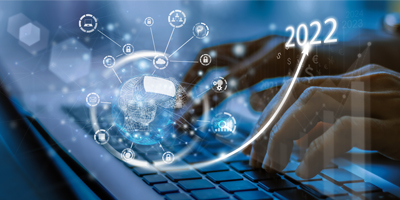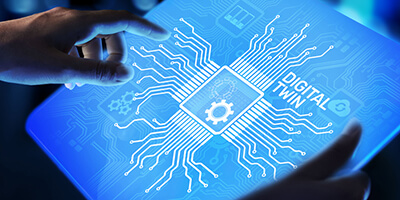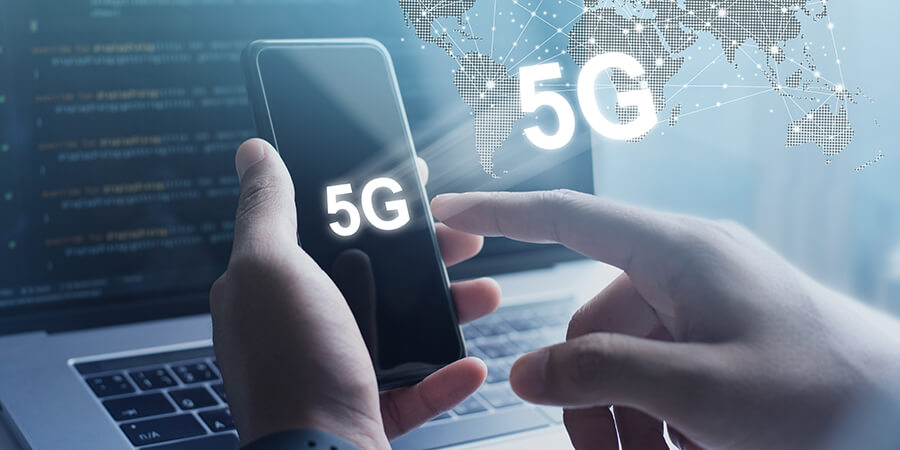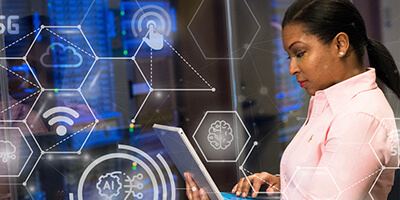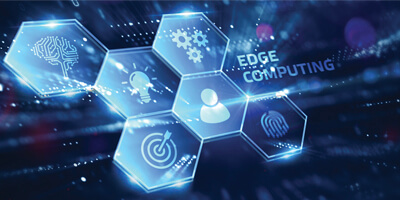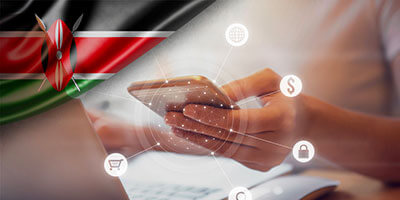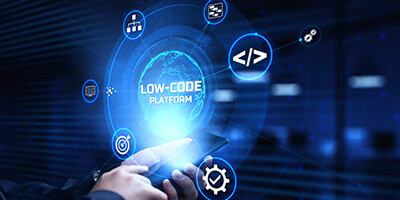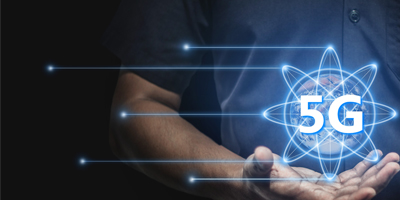In order to meet customer demands, brands must anticipate upcoming trends. According to recent McKinsey research, 2021 was a year of transformation. People, corporations and society began to look ahead to shape their future rather than just survive the present. The world experienced a very unpredictable environment over the past two years, which makes it difficult to make accurate predictions, however, the year will certainly bring many surprises. Six digital trends are set to shape our lives in 2022.
Features
Digital twins: new component for growing technology
Digital twin is a revolutionizing technology for telecom networks, named by the NASA. It’s a virtual representation that serves as the real-time digital counterpart of a physical object or process. A digital twin uses virtual and augmented reality as well as 3D graphic and data modelling to build a virtual model of a process, system, service, product, or other physical object. The digital twin concept consists of three distinct parts: the physical product, the digital/virtual product, and the connections between the two products.
Digital twin technology is one of the most important technologies currently available. It offers insights into all aspects of production line and manufacturing process. The purpose of a digital project twin is to improve the quality of management, avoid cost overruns and prevent time escalations of projects.
According to Gartner, 13% of organizations implementing IoT projects already use digital twins, while 62% are either in the process of establishing digital twin use or plan to do so. Its market is estimated to grow from $3.8 billion in 2019 to $35.8 billion by 2025, at a CAGR of 37.8%, according to the latest report from MarketsandMarkets.
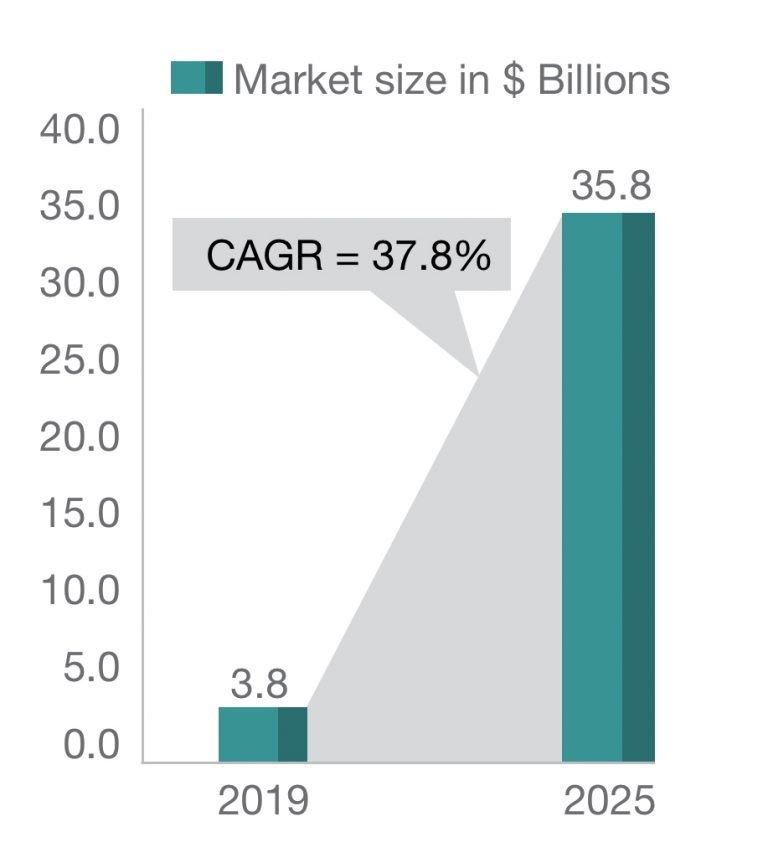
Benefits of digital twins in different sectors
Since it can be used across a wide range of industries, from automotive to healthcare and power generation, it has already been used to solve a large number of challenges. Digital twins have found its application in many sectors, such as:
- Automobiles: Digital twins discover real confidence in creating virtual mode of a connected vehicle, catching the behavior, operational data and analysis, which helps in further developing and improving the vehicle’s performance.
- Healthcare: Digital twins allow healthcare companies to design and customize complex medical devices for individual patients, making them compatible with the individual’s unique anatomical and physiological systems. They accelerate the design process, reduce costs by lowering the need for surgery and clinical trials, greatly reduce animal testing, and produce zero side effects.
-Manufacturing: In industrial manufacturing, digital twins are utilized to simulate the production process. In light of information from sensors associated with machines, producing devices, and different tools, manufacturers can make virtual representations of a genuine item, equipment elements, production process, or an entire system. Therefore, for production purposes, such simulations help track machine operation and adjust it in real time. Augmented with machine learning procedures, digital twins help manufacturing companies identify problems before they occur and predict future outcomes.
- Retail: Digital twins help in better in store arranging, security application and energy organization in an enhanced way. In addition, they help in avoiding supply chain disruptions as retailers can combine their digital twin models with external real-time data like local traffic and weather. By doing so, they can respond to any kind of event that may disrupt their supply chain. And finally, digital twins optimize logistics costs. According to Boston Consulting Group, digital twins help retailers minimize capital expenditures by 10%, reduce excess inventory by 5%, and improve EBITDA by 1-3%.
- Industrial loT: Industrial firms with digital twin implementation can now monitor, track and control industrial systems digitally. Aside from the functional data, digital twins capture environmental data such as location configuration, financial models etc., which helps in foreseeing future tasks and irregularities.
- Telecommunications: In the telecommunications industry, a digital twin can monitor and manage complex telecom networks, while also gathering data from social media. As operators add layers of technology, including connected devices and additional spectrum bands, a digital twin can monitor and augment these complex systems in real-time. For example, Nokia has introduced Nokia 5G Digital Design concept to simulate 5G use cases. Using machine learning algorithms, the platform can influence digital twin technology to quickly monitor and assess the impact of 5G implementation, while providing automated recommendations.
How to apply digital twins in different sectors
Some of the applications for digital twins include:
- Using predictive maintenance to maintain equipment, production lines, and facilities
- Getting a better understanding of products by monitoring them in real-time as they are used by real customers or end-users
- Manufacturing process optimization
- Enhancing product traceability processes
- Testing, validating, and refining assumptions
- Increasing the level of integration between unconnected systems
- Remote troubleshooting of equipment, regardless of geographical location
What’s next for digital twins?
Digital twins’ capabilities are getting more reachable even in small organizations. This is mainly enabled by rapidly improving modeling capabilities, the spread of IoT sensor installations, and the increasing availability of tools and computing infrastructure. That’s why this technology is gaining impetus.
International data corporation (IDC) projects said that by 2022, 40% of IoT platform vendors will integrate simulation platforms, systems, and capabilities to create digital twins, and two thirds of manufacturers will use the technology to conduct process simulations and scenario evaluations. While the reasons for a digital twin may differ from sector to sector, digital twin technology can benefit businesses in all industries.
Digital twins in the Industry 4.0
The fourth industrial revolution or Industry 4.0 which holds automation, data exchange and manufacturing technologies is at the talking point of the business world. Digital twins are at the core of this new industrial revolution bringing in unlimited possibilities. They change the traditional approach of ‘first build and then tweak’ in the industrial world and bring in a more virtual system based design process that brings in the much more efficient role out of any equipment or system by understanding its unique features, performance, and potential issues if any. To conclude, digital twins give you clarity on the past, present, and future performance. Think of a digital twin as a bridge between the physical and digital world of everything.
New year, new phone: Is it time to level up to 5G?
Flagship phones of major brands like Huawei, Apple, and Samsung have already started to support 5G. If you are still hung up with a 4G LTE-supported device, you must be wondering if it’s actually worth it to upgrade now.
Bridging the digital gap: why we should never give up on universal broadband connectivity
Over the past year or so, digital transformation accelerated at an unprecedented rate in societies around the world. Even as vast numbers of people were adapting to their new realities, however, it became increasingly apparent that equally large numbers of people were shut out from being able to do so. Given that the theme of this year’s Telecommunication & Information Society Day, "Accelerating Digital Transformation in challenging times", it’s worth examining how big that gap is and how it can be bridged.
Expanding Egypt: Local, young talents to cultivate ICT growth
Technology and its innovations are among the fastest-growing areas of our economy. Smartphones, hybrid work setup, sensor-based controls, contactless shopping, cloud-native virtual networks – all these things and more are being created, maintained, and upgraded by Science, Technology, and Engineering (STEM) professionals.
Cloud computing vs. edge computing: Similarities and points of contrast
The use of cloud-based platforms skyrocketed during the 2020 Coronavirus outbreak, which has helped people work collaboratively, shop online, and stay productive. Organizations that had been using cloud-based infrastructure weathered the storm far more easily compared to those who were ill-equipped and struggled to onboard the right tools for the job. It has been an evolution that no one could have predicted, but millions across the world have been supported as a result of cloud computing.
Staying connected: Upgraded mobile networks and Wi-Fi
With the internet at our disposal, life, in general, has been better and more convenient. Within a matter of a few clicks, you can already access a lot of information and content, as well as communicate across borders. As a result, no one wants slow, unstable, and limited connectivity.
A study on Kenya’s mobile market
Kenya's mobile market has continued to grow as demand for ICT services rose in 2020 due to the COVID-19 pandemic. In this article below, we will showcase the latest stats related to the Kenyan telecom market, based on the report from the Communications Authority of Kenya which provides an overview of the performance and trends in ICT sector for September 2020 to December 2020.
Evolution of software development: Low-code/no-code technologies
When we talk about developing software, this usually consists of a number of steps and stages such as design, development, testing, and deployment that result in the creation of operational software. Think about developing a robust 5G network infrastructure; it runs with the same analogy.
The rise of Satcoms in the midst of the 5G era
In the past few years, satellite communication has remained standalone technology, independent of mobile networking. But today, it has come a long way improving its technical performance and capabilities as well as becoming much more competitive to match terrestrial offers. The next generation of satellites – built from 5G architecture – will integrate with networks to manage connectivity to cars, vessels, airplanes and other IoT devices in remote and rural areas. The emerging 5G vision opens a new chapter in communications and offers the possibility to consider satellite communication alongside and in combination with terrestrial solutions.




